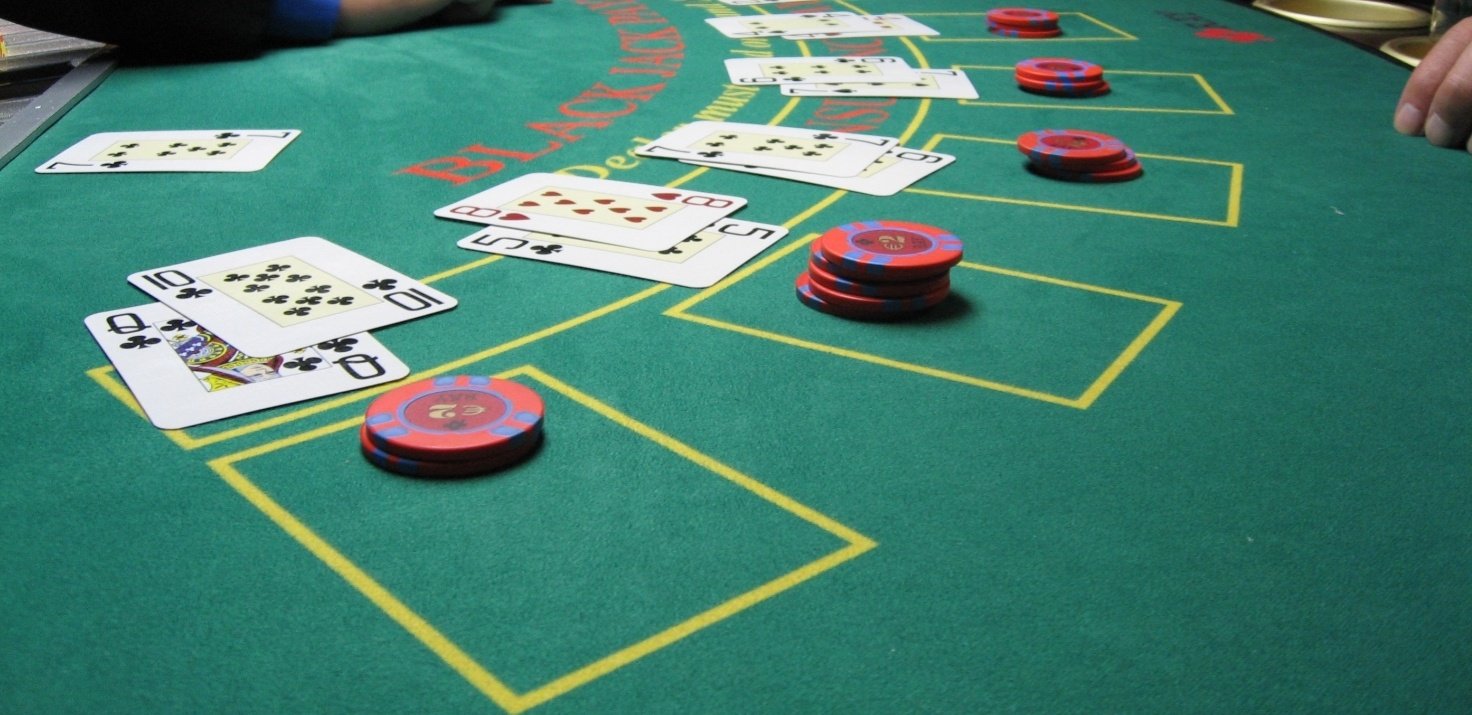Advantage play refers to legitimate strategies players use to gain an edge in casino games, especially blackjack. Unlike cheating, which manipulates the outcome, advantage play relies on analyzing openly available information to improve betting decisions. This distinction is often misunderstood-many non-gamblers and even some casino insiders mistakenly equate card counting with cheating. In reality, techniques like card counting simply utilize data that any player at the table can observe.

Card counting exemplifies how information about previous cards gives insights into those yet to be played. While some expert teams have won significant sums using this method, most inexperienced or careless players often find themselves facing steeper losses by failing to employ it with precision and discipline.
When Card Counting Isn’t Enough
While card counting is the most recognized advantage play method, it is not the only route to outsmarting the house. There are additional strategies, often more complex, that can boost the player’s expected value. Maintaining an accurate count for long periods or across multiple players can be exhausting and monotonous, leading some seasoned players to pursue other advanced techniques-including those considered illegal in certain jurisdictions.
Unlocking the Power of Shuffle Tracking
Shuffle tracking stands out as a highly effective approach, particularly when casinos use flawed manual shuffling procedures. The core idea is to observe and remember the distribution of high-value and low-value cards as they are discarded, then monitor how these groups are shuffled and reintroduced into play.
For example, in an eight-deck blackjack game, if a player can remember the count for each 52-card group placed in the discard tray, they can potentially identify which decks are “rich” in high cards and which are not. When a casino uses a predictable shuffle, portions of the discarded decks may remain largely unmixed. By carefully studying the casino’s shuffling patterns-often “mapping” the shuffle at home-an advantage player can decide where to place the cut card to keep the most favorable cards in play.
A common scenario involves placing the cut card to ensure that a cluster of high-value cards appears early in the next shoe. If a player identifies a group of cards rich in aces and tens, and the shuffle keeps that group together, the player can target that segment, enjoying a period of positive expectation before the deck’s randomness returns.
This technique, while challenging, is achievable in environments where shuffling is inconsistent, providing a powerful, yet purely observational, advantage.
Tracking Aces for a Monster Edge
Another sophisticated technique involves memorizing small sequences of cards to pinpoint when aces are likely to be dealt. With certain shuffling methods and a sharp memory, players can use these patterns to anticipate aces-hugely valuable in blackjack.

Consider a game with four players, each designated to track a specific suit (clubs, hearts, spades, or diamonds). When the ace of their suit appears, they memorize the order of cards immediately above it in the discard pile. After the shuffle, each player watches for their unique, memorized sequence. If the sequence reappears in the new shoe, the player can make a confident, aggressive wager, expecting the ace to appear soon after.
Although shuffle randomness means these patterns aren’t guaranteed, seeing parts of the sequence in order can signal it’s time for a sizeable bet. With precise tracking, players can enjoy a sizable edge, particularly if the shuffle produces recurring, detectable patterns.
Advantage Play Versus Cheating: Know the Line
It’s vital to distinguish between advantage play-using information allowed by the game-and outright cheating, which manipulates the integrity of play. While advantage play operates within the established rules, casinos often dislike these tactics and may take steps to stop them, including barring players or employing more sophisticated shuffling machines.
Honest casinos will simply ask successful advantage players to leave, while others may react with more hostility. Practices like shuffle tracking and ace sequencing push the boundaries of what casinos are comfortable with, leading to increased scrutiny and possible confrontation.
Play Smart, Stay Safe
While acquiring information and leveraging it at the tables is entirely legitimate, players should exercise caution. Drawing attention to yourself, especially in casinos that take a hard line against advantage play, may invite unwanted attention from security. It’s essential to remain discreet and be aware that casino staff are trained to spot and confront advanced strategies-even if those strategies follow the game’s actual rules.
As new forms of advantage play emerge and casino defenses evolve, knowledge and subtlety remain the best tools for any player looking to tip the odds in their favor-all without crossing the line into forbidden territory.
Looking ahead, we’ll explore additional advantage play tactics that have had a significant impact in the gaming world, including strategies responsible for multi-million dollar casino losses. Stay tuned for further insights into the fascinating realm of beating the house through skillful play.













